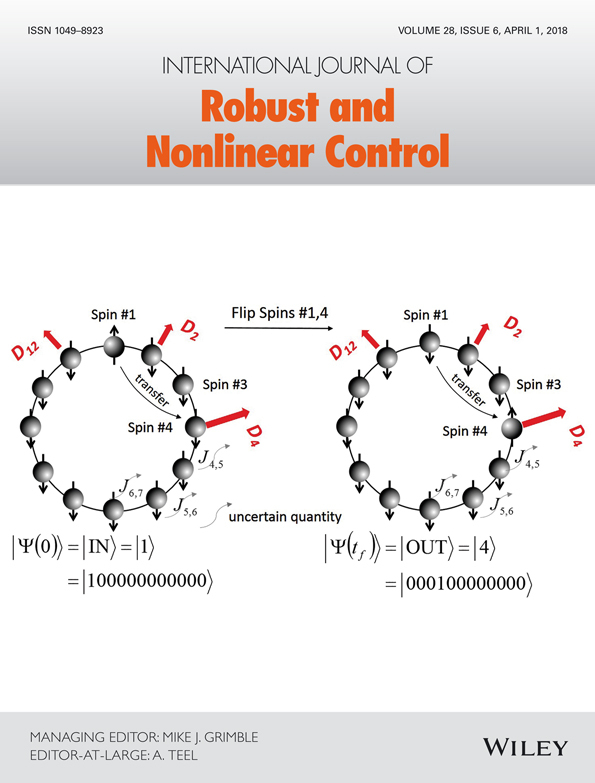Efficient routing redundancy design over lossy networks
Summary
In this paper, a wireless networked control system is made robust with respect to packet losses by exploiting routing redundancy. Multiple copies of sensing and actuation data are sent via different routing paths, associated to possibly different delays. Similar to linear network coding, such data are recombined as a weighted linear combination. A MIMO output-feedback architecture is considered. A methodology that takes into account both the network parameters and the plant dynamics is proposed to set up an optimization problem to design network weights to satisfy a robustness metric based on the notion of asymptotic mean-square stability. Such metric induces either an objective or a constraint function that is nonlinear. For this reason, an efficient suboptimal design methodology is also proposed. Finally, the solutions are compared with the optimal choice from the communication designer point of view, which is based on the minimization of the quadratic error induced by the network on the actuation signal. The suboptimal methodology is shown, by means of a nontrivial example, to give results extremely close to the optimum with a strongly reduced computation time. It is also shown that the optimal choice from the communication design point of view, which neglects the plant dynamics, does not guarantee stochastic stability.




